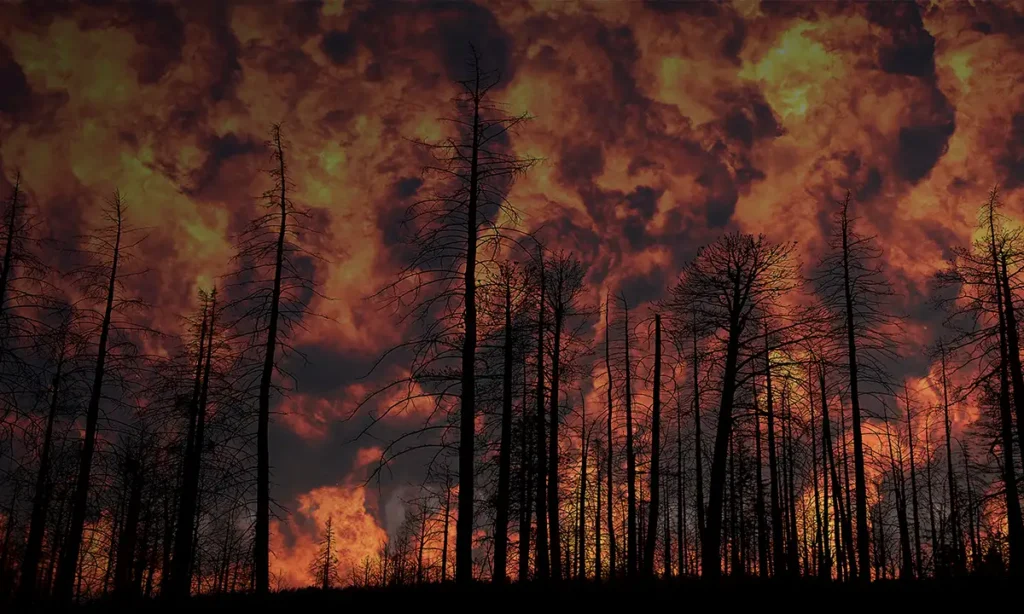Looking Back at the Legacy of the 2019-2020 Fire Season

For many Australians, the 2019-2020 fire season, known as Black Summer, will forever be a dark memory. The catastrophic event devastated lives, landscapes, and livelihoods, and left scars on the country’s psyche and landscape that are still healing.
The fire season of 2019-2020 was unlike any other in Australian history. With over 24 million hectares burned, thousands of homes destroyed, and at least 33 lives lost, the numbers alone paint a grim picture. Homes, cars, structures, and endangered wildlife were all lost in the blaze.
The Environmental Legacy of the Disaster
The Black Summer fires raged across every Australian state, with New South Wales experiencing the worst. Hundreds of fires ignited because of extreme heat, dry conditions, and high winds, some merging into ‘mega-fires’ that were impossible to contain.
Estimates of the environmental toll of Black Summer are still being assessed. However, experts agree that over a billion animals perished in the fires. The destruction of vital habitats, including ancient rainforests and ecosystems, devastated the country’s sensitive biodiversity.
The fires also released around 830 million tons of carbon dioxide into the atmosphere, far more greenhouse admissions than Australia releases per year. As the smoke traveled throughout the country and beyond, the usually clear summer skies turned dark with thick smoke.
After the fires let off and the rains came, the scorched and barren soil couldn’t hold flood waters. Even the smoke from the fire caused record-breaking cloud cover in the South Pacific, causing storms to move in with high rainfall. As the rains came in 2022, the land became saturated with water, leading to one of the most devastating flooding events in Australia’s history.
Remembering Black Summer’s Impact on Us
On top of the environmental harm of the 2019-2020 fire season was the effect on people’s lives. Roughly 34 people died and hundreds were injured during the raging fires. In the wake of the fires, adults and children developed severe respiratory issues caused by inhaling the toxic fumes.
In response to the fires, celebrities and ordinary citizens alike contributed to fundraising efforts, with hundreds of millions of dollars raised to support people affected by the disaster. The fires also saw Australians coming together to help their communities recover.
Out of the ashes came more attention to Australia’s Indigenous knowledge of land management and fire control. Indigenous Australians have used controlled burns for thousands of years to manage landscapes and after Black Summer’s disastrous fires, many experts are suggesting the country should look towards indigenous fire management to prevent future events.
In the end, Black Summer intensified the conversation around climate change, bringing it to the forefront of national conversations. It also led to a renewed focus on disaster preparedness, funding, and coordination of agencies and citizens who will do anything to prevent this type of disaster from occurring again. After losing over AUD $100 billion, countless lives, and fragile ecosystems, the legacy of Black Summer will always remind the world how important it is to fight climate change and prevent these disasters from happening.







Have your say